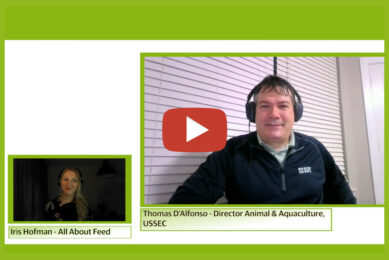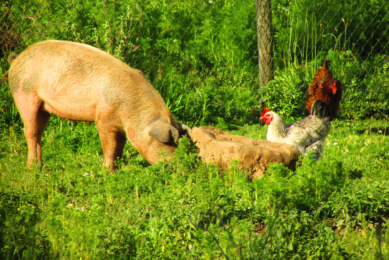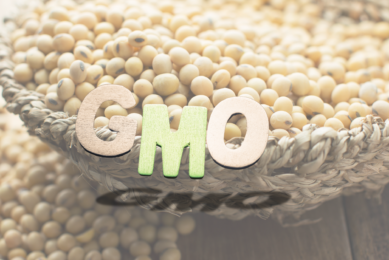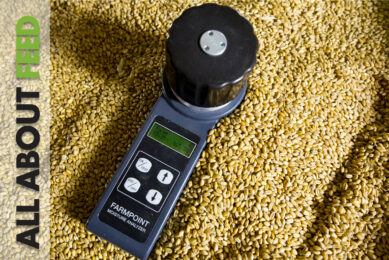Study: Localising livestock feed production
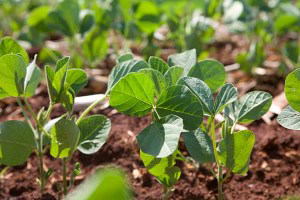
Soya beans is an important protein feedstuff for livestock. It is common practice that farmers would produce grains for livestock and import soya beans from other farms (mainly from South America).
But this practice, which disconnects the production of grains and protein crops, reduces the effectiveness of some ecological functions (e.g. nutrient cycling and pest control) that could mitigate greenhouse gas (GHG) emissions from livestock production. Moreover, soya bean production and expansion in South America is linked to GHG emissions resulting from deforestation in that region.In Sweden, there has been renewed interest in replacing imported soya beans with feedstuff grown in Sweden. Our article in the August edition of animal assessed the impact on GHG emissions and land-use when locally-grown protein feedstuffs instead of imported soya beans are used for pig meat and dairy cow milk production in Sweden.
Our results confirmed that using locally grown feedstuffs presents an opportunity to decrease life cycle GHG emissions from the livestock production. Growing protein and grain crops together in a rotation increases the diversity of the rotations, which explains much of the GHG emission reductions on the crop farm. Rotations with diverse crops have improved nutrient cycling and pest control functions and require lower farm inputs. It is important that the alternative feedstuff to soya beans would not reduce the digestibility of livestock feed rations as this could increase the GHG emission from the animals.
However, the GHG emission reductions come at a cost of increasing cropland used for feed production in Sweden. The replacements for soya bean (e.g. rapeseed and peas) have similar crop yields but lower protein yields and so more cropland is required to produce feed for the livestock. Some crop production in Sweden may be shifted to other regions and lead to changes in land use in those regions. In a diverse crop rotation, some cropland is spared from production due to increased grain yields, which may compensate for some of the protein crop expansion in Sweden.
Available accounting methods in life cycle assessments do not adequately account for land use changes associated with substituting soya beans with locally grown feedstuff. But the GHG emission savings from using local crops would depend on the extent of land use changes. Therefore, the contribution of land use changes to the GHG emissions from protein feed substitution is a subject for further research.
Read the full report here.
This article has been selected as the animal Article of the Month for August. “Localising livestock protein feed production and the impact on land use and greenhouse gas emissions” Authors: Y. Sasu-Boakye†, C. Cederberg and S. Wirseniu
Source: Cambridge University




